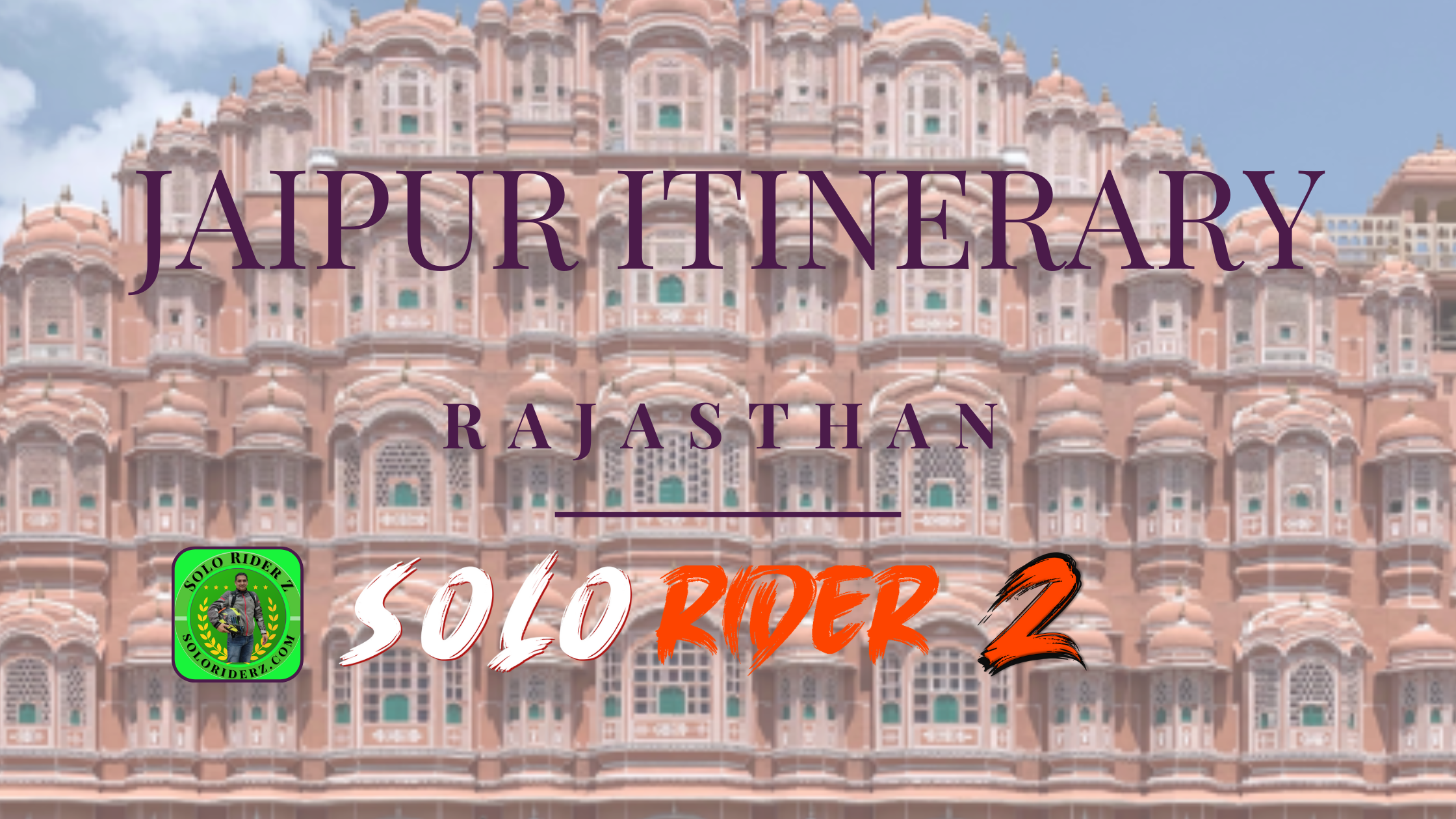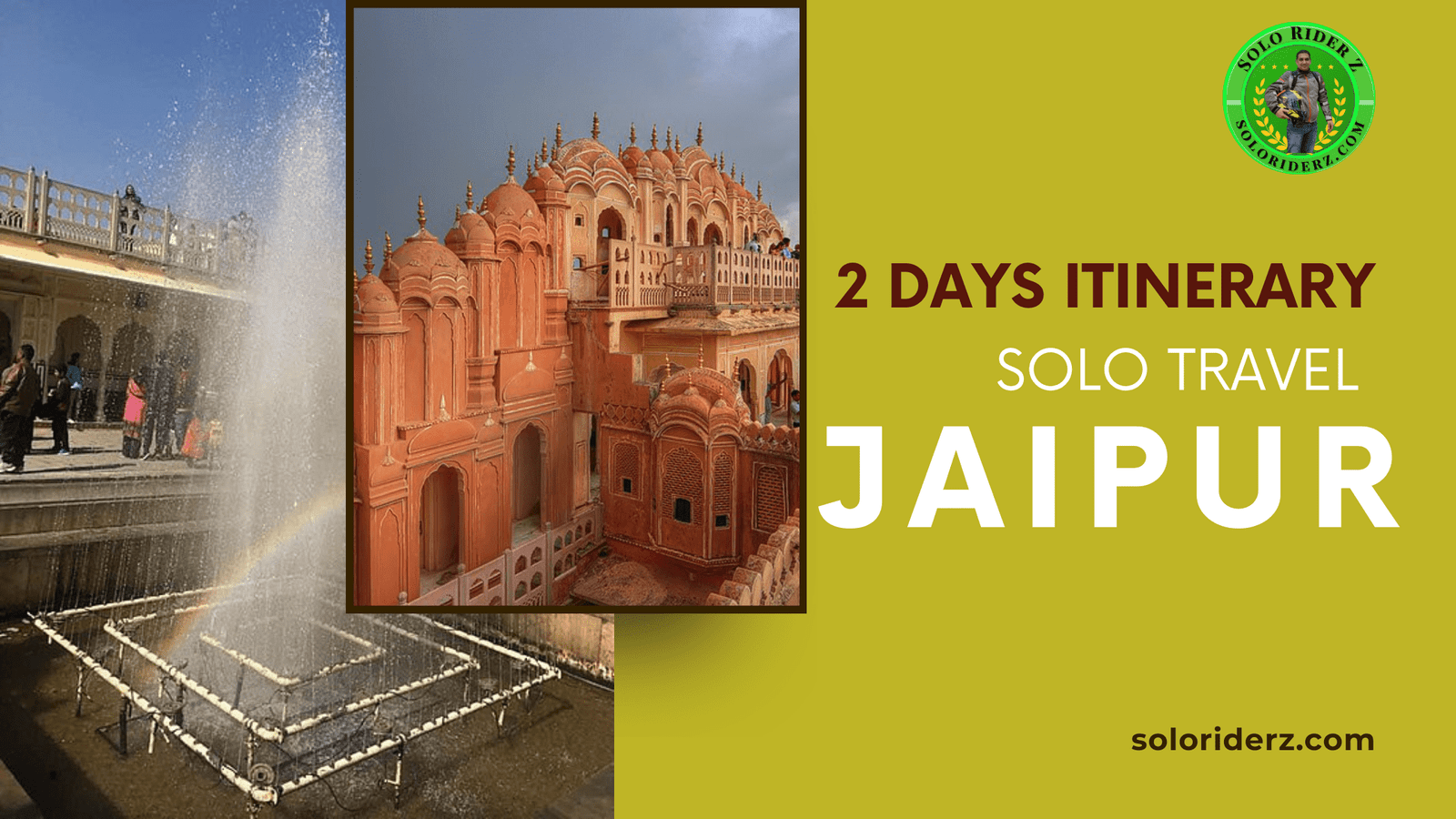
Jantar Mantar In Jaipur
- Unlocking the Mysteries of Jantar Mantar in Jaipur: A Journey through Time
- Architectural Splendor Unveiled
- Samrat Yantra: The King of Instruments
- Jai Prakash Yantra: A Celestial Gem
- Ram Yantra: Measuring the Stars
- Cosmic Calendar
- Timeless Astronomy
- Preserving the Legacy
- UNESCO Recognition
- Visitor’s Delight
- Your Cosmic Journey
- Conclusion – Your Cosmic Adventure Awaits
- who built jantar mantar in Jaipur?
- where is jantar mantar in jaipur?
- How to reach Jantar Mantar in Jaipur?
- entry fee for jantar Mantar in Jaipur
- useful links
Unlocking the Mysteries of Jantar Mantar in Jaipur: A Journey through Time
As the sun’s first rays touch the intricate structures of Jantar Mantar, I was transported back to the early 18th century, a time when Maharaja Sawai Jai Singh II, the founder of Jaipur, built this extraordinary observatory. The name “Jantar Mantar” itself is derived from two Sanskrit words, ‘yantra,’ meaning instrument, and ‘mantra,’ meaning formula. This unique complex is a collection of instruments designed for astronomical observations and calculations.
Jantar Mantar in Jaipur is the UNESCO World Heritage Site which stands as a celestial marvel, inviting you to explore its historical significance, architectural grandeur, and the cosmic secrets it holds.
Architectural Splendor Unveiled
The Jantar Mantar’s architectural grandeur is truly awe-inspiring. Comprising 19 unique instruments constructed from stone, brass, and masonry, it’s a testament to the precision and attention to detail of its builders. These instruments play a vital role in measuring time, predicting eclipses, and tracking the positions of celestial bodies. One of its most striking features is the world’s largest stone sundial, the Samrat Yantra, which can accurately measure time to within 20 seconds.
Samrat Yantra: The King of Instruments
The Samrat Yantra, standing tall at 27 meters, is the centerpiece of Jantar Mantar. It casts a shadow that moves at a uniform speed, enabling precise timekeeping. Imagine understanding the cosmos with an instrument that measures local time with unparalleled accuracy.
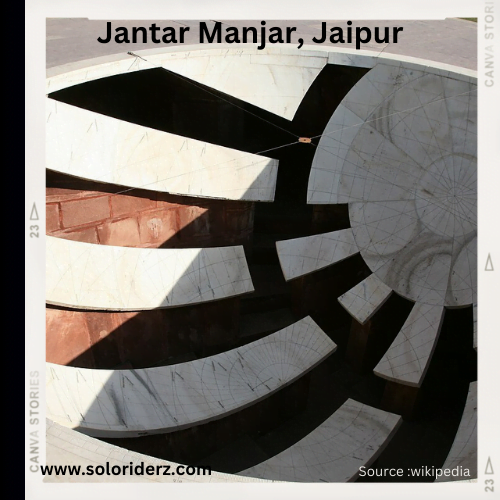
Jai Prakash Yantra: A Celestial Gem
The Jai Prakash Yantra, with its two hemispherical structures, was designed to determine the positions of celestial objects. Astronomers could align stars and planets with crosswires, allowing them to calculate the exact timing of celestial events like eclipses.
Ram Yantra: Measuring the Stars
The Ram Yantra, a brilliant instrument, was used to measure the altitude and azimuth of celestial objects. By positioning a rod along graduated scales, astronomers precisely determined the coordinates of stars and planets in the night sky.
Cosmic Calendar
The Jantar Mantar wasn’t just an architectural masterpiece but a hub for celestial research. Astronomers made accurate predictions about celestial events, contributing to ancient Indian astrology and rituals. The observatory’s ability to forecast eclipses was paramount in understanding the cosmos.
Timeless Astronomy
Jantar Mantar played a crucial role in the advancement of Indian astronomy and astrology. It provided insights into the cyclical patterns of celestial bodies, helping astronomers grasp the movements of stars, planets, and the cosmos.
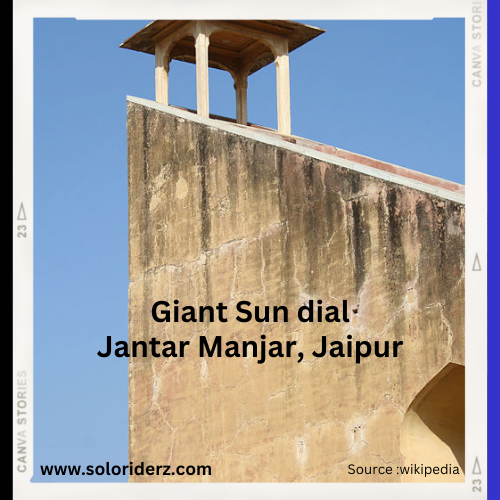
Preserving the Legacy
UNESCO Recognition
In 2010, Jantar Mantar was designated a UNESCO World Heritage Site, acknowledging its historical and scientific importance. Its preservation serves as a tribute to India’s rich heritage and the profound knowledge of our ancestors.
Visitor’s Delight
Today, Jantar Mantar continues to captivate visitors worldwide. Tourists, astronomers, and history enthusiasts flock to this site to witness the precision and grandeur of these ancient instruments. It stands as a living testament to the advanced scientific knowledge of the past, and the desire to explore the cosmos.
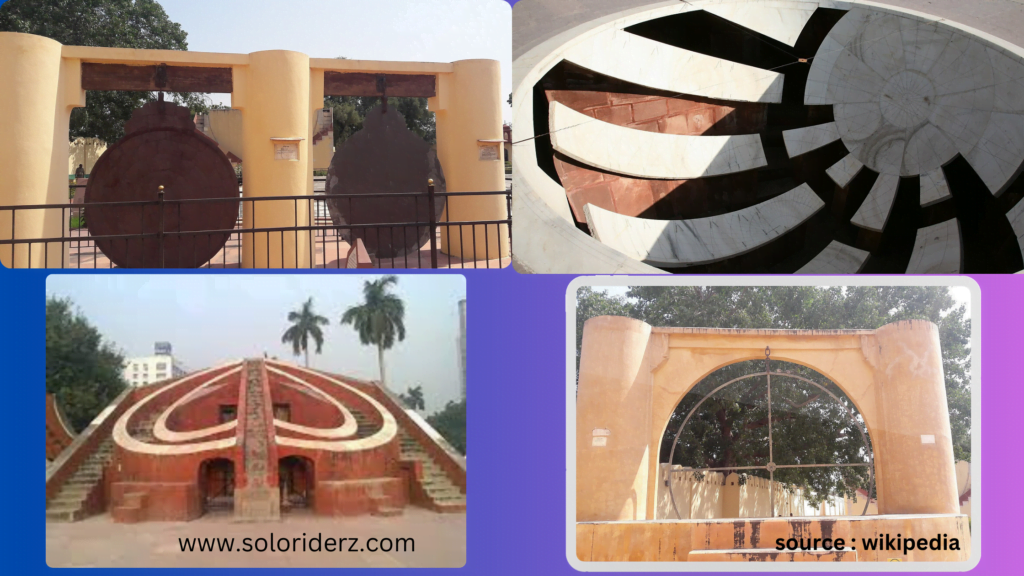
Your Cosmic Journey
As you stand amidst the awe-inspiring instruments of Jantar Mantar, you’re not just stepping back in time; you’re unlocking the secrets of the cosmos. Your journey through this remarkable observatory brings you closer to the stars, the past, and the extraordinary minds that shaped the world of astronomy and timekeeping.
So, when you plan your visit to Jaipur, don’t miss the chance to explore Jantar Mantar. It’s a journey through time and a unique opportunity to connect with the cosmic wonders that have fascinated humanity for centuries. Come, be a part of this timeless story, and let the mysteries of Jantar Mantar unfold before your eyes.
Conclusion – Your Cosmic Adventure Awaits
In the heart of Jaipur, the Pink City of India, Jantar Mantar beckons with its celestial wonders and architectural marvels. This UNESCO World Heritage Site is not just a collection of instruments; it’s a gateway to the cosmos and a journey through time. Your visit to Jantar Mantar is not merely a trip; it’s an opportunity to unlock the secrets of the universe and connect with the rich heritage of India. So, plan your journey, explore the past, and witness the cosmic marvels that have fascinated humanity for generations. Your cosmic adventure awaits at Jantar Mantar in Jaipur.
who built jantar mantar in Jaipur?
Jantar Mantar in Jaipur was built by Maharaja Sawai Jai Singh II, the founder of Jaipur and a scholarly king, in the early 18th century. He was not only a monarch but also an astronomer and mathematician, and he commissioned the construction of Jantar Mantar to further the study of astronomy and timekeeping.
where is jantar mantar in jaipur?
Jantar Mantar is located in Jaipur, India. It is situated in the heart of Jaipur, also known as the Pink City. The exact address is Gangori Bazaar, J.D.A. Market, Pink City, Jaipur, Rajasthan 302002. It’s a prominent and easily accessible landmark in the city.
Jantar Mantar in Jaipur is located at a convenient distance from both the Jaipur Railway Station and the Jaipur Bus Stand.
Distance from Jaipur Railway Station: Jantar Mantar is approximately 1.5 to 2 kilometers (about 0.93 to 1.24 miles) away from Jaipur Railway Station. This is a relatively short and easily accessible journey by road.
Distance from Jaipur Bus Stand: The distance from the Jaipur Bus Stand (Sindhi Camp) to Jantar Mantar is also around 1.5 to 2 kilometers (about 0.93 to 1.24 miles). It’s a convenient and straightforward route to reach the observatory.
How to reach Jantar Mantar in Jaipur?
Reaching Jantar Mantar in Jaipur is relatively simple, and here are some transportation options along with approximate prices:
Auto-Rickshaw: Auto-rickshaws are a popular mode of transport in Jaipur. A ride from Jaipur Railway Station or the Bus Stand to Jantar Mantar may cost around INR 50 to INR 100, depending on your negotiation skills and the distance.
Cycle-Rickshaw: For a more budget-friendly option, you can take a cycle-rickshaw, which is both eco-friendly and economical. Prices can range from INR 20 to INR 50, depending on the distance.
Taxi: Taxis are another convenient choice. The fare from Jaipur Railway Station or the Bus Stand to Jantar Mantar might be around INR 150 to INR 200.
Public Bus: The local city bus is the most economical option. Prices are typically less than INR 20, but routes and schedules may vary. Check with the local transportation authorities for the most up-to-date information.
Walking or Bicycling: If you’re in the city center, you can walk or rent a bicycle. This is a cost-effective and eco-friendly way to reach Jantar Mantar.
***Please keep in mind that prices can fluctuate, and it’s a good idea to confirm the rates with the driver before starting your journey, especially for auto-rickshaws and taxis. Additionally, the condition of the roads and the time of day can influence travel times and costs.
The Jantar Mantar observatory in Jaipur typically operates with the following timings:
Opening Hours: Jantar Mantar is usually open to visitors from 9:00 AM to 4:30 PM every day.
Please note that these timings can vary and may be subject to change. It’s advisable to check the official website or contact the site directly for the most up-to-date information regarding their opening hours and any special events or closures.
entry fee for jantar Mantar in Jaipur
Entry Fee for Indian Visitors: The entry fee for Indian nationals is generally around INR 50 per person.
Entry Fee for Foreign Visitors: Foreign tourists may be charged around INR 200 per person as the entry fee.
Please keep in mind that these fees can change over time, so it’s recommended to verify the current entry fees and any additional charges for camera usage or guided tours when planning your visit to Jantar Mantar in Jaipur.

